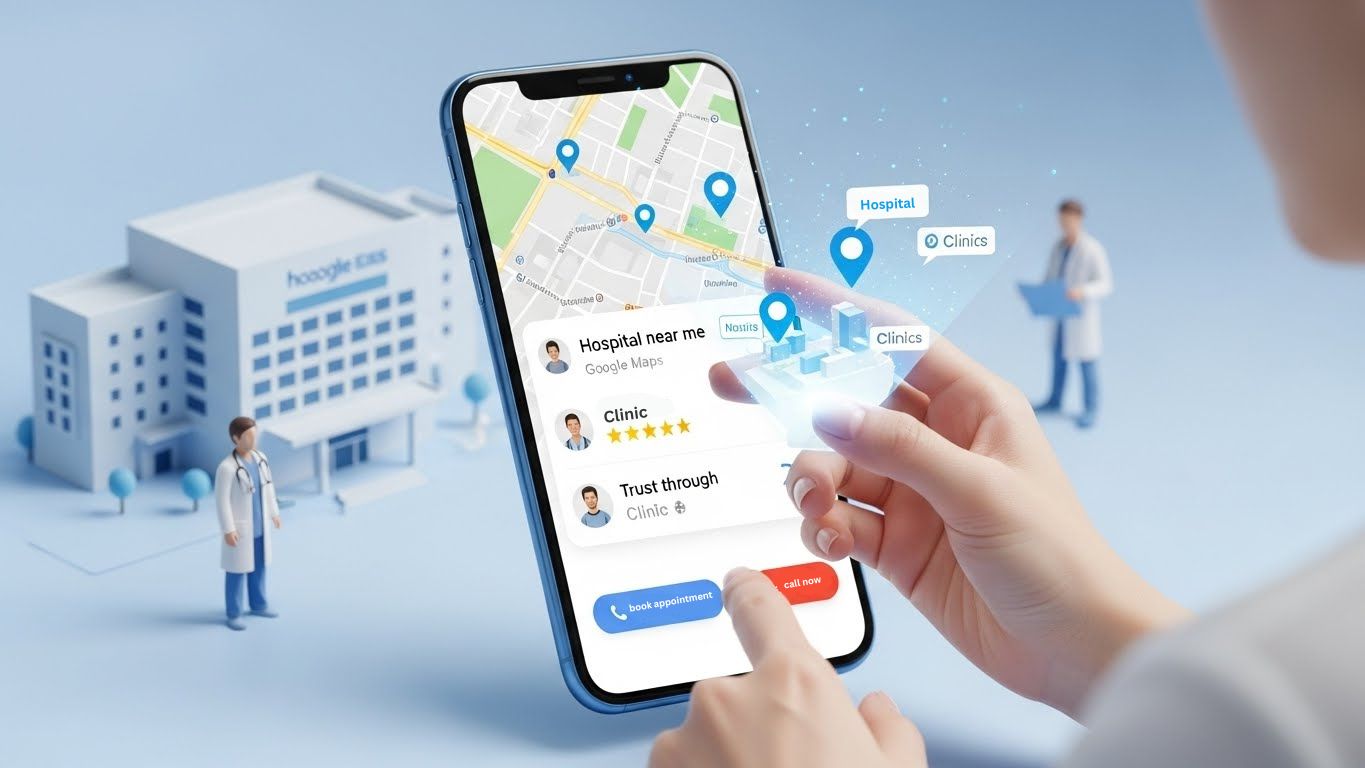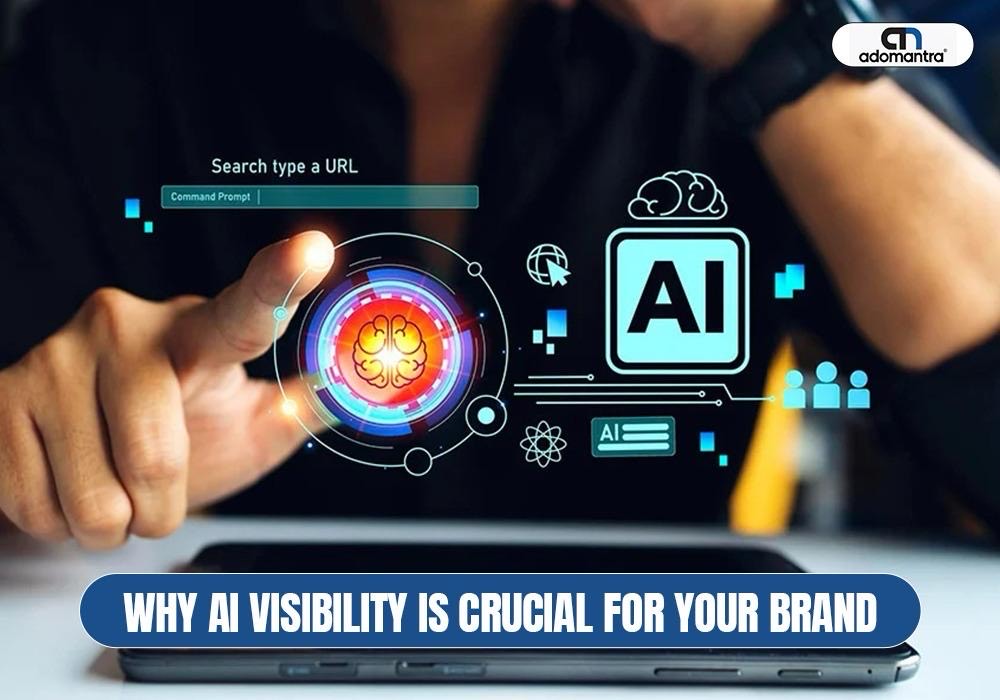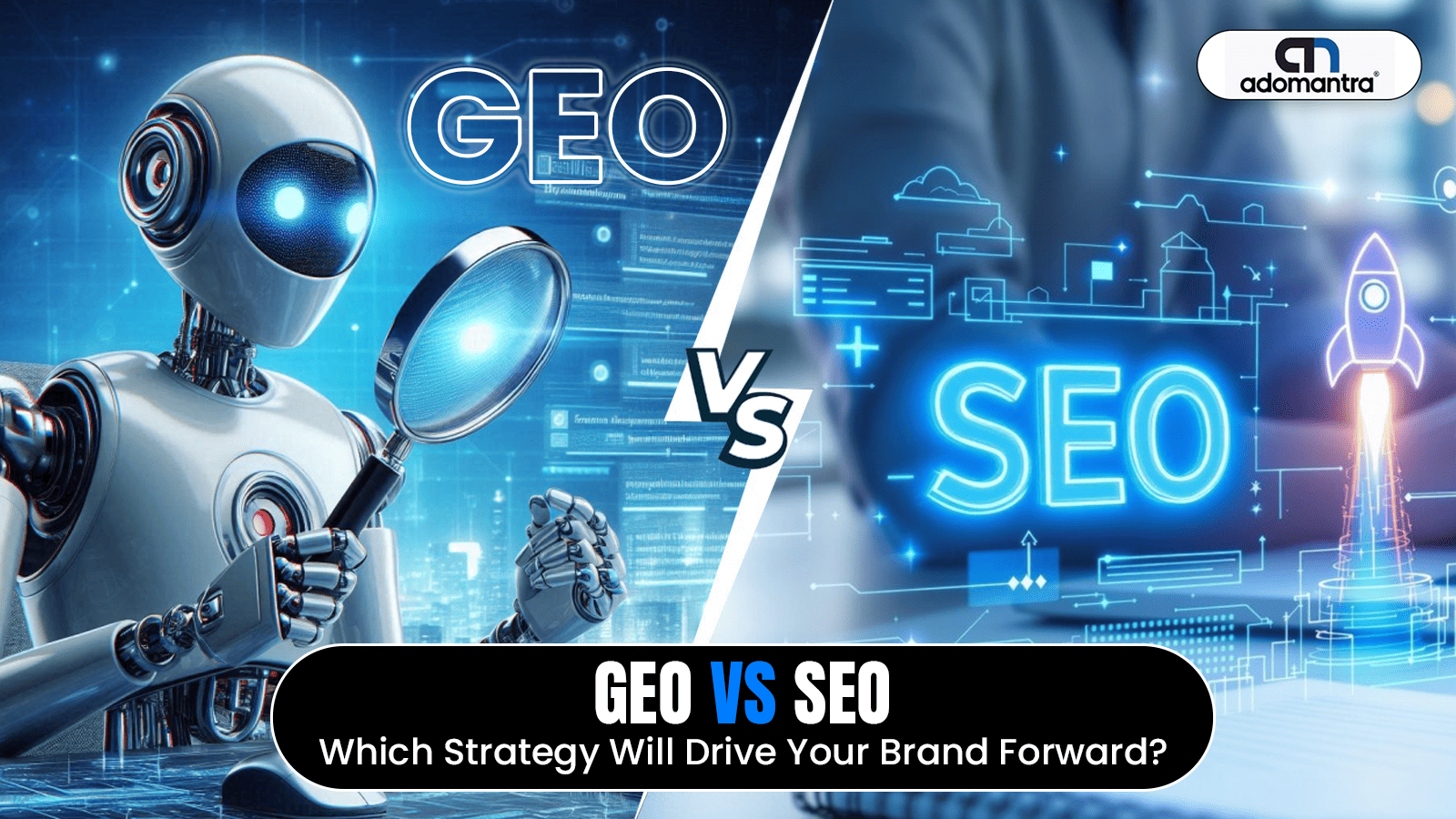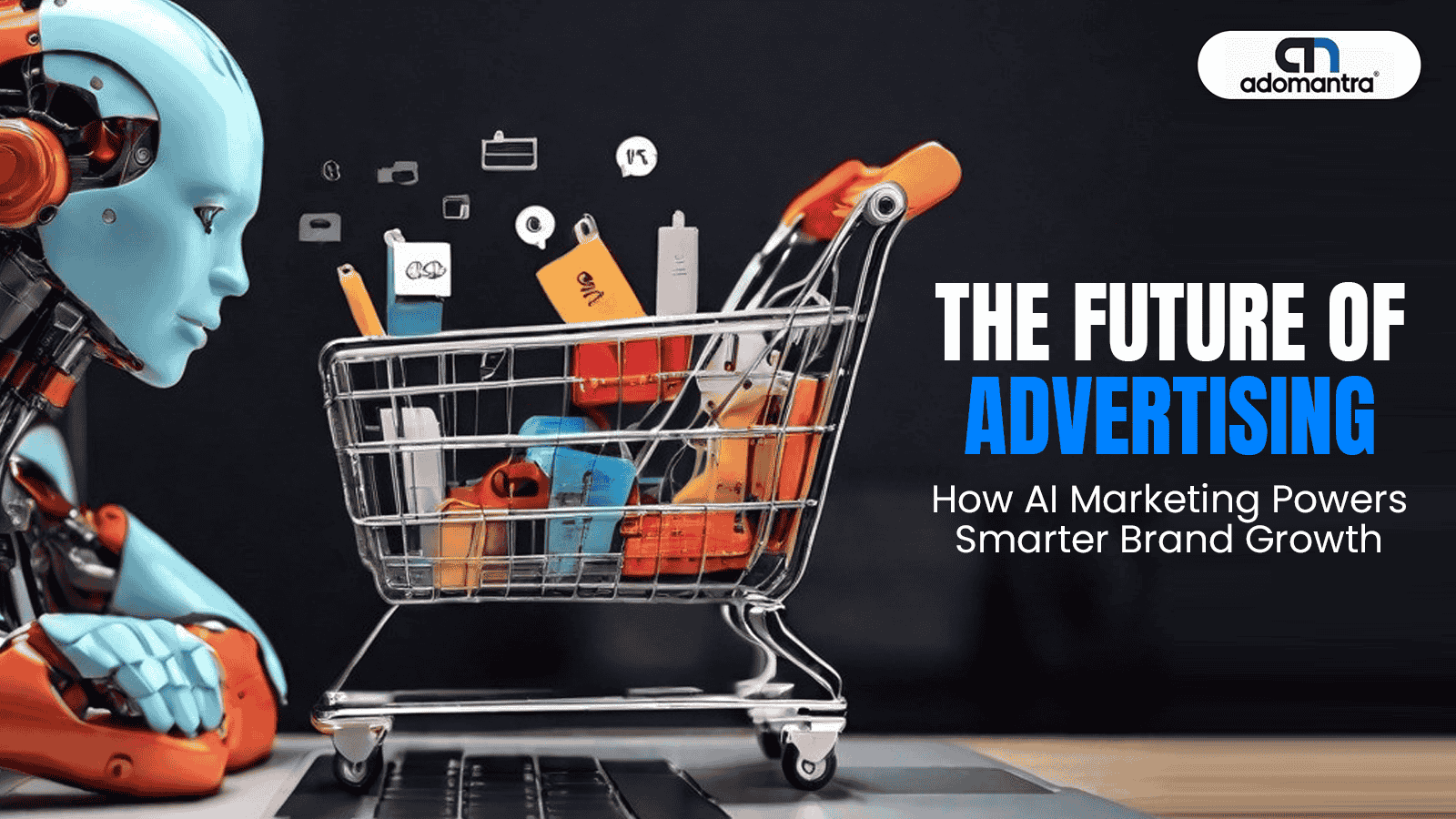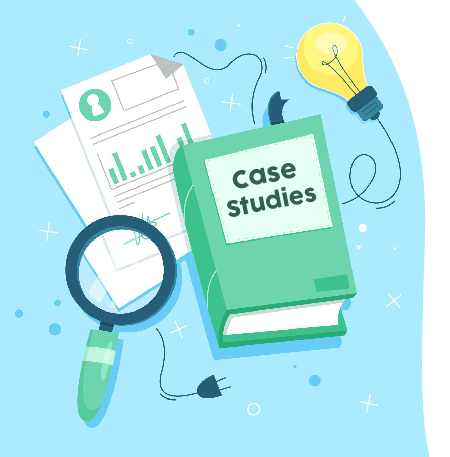
The Evolution of Audience Targeting in a Cookieless World
Cookies are disappearing. Privacy is taking the spotlight. The way brands connect with people is going through its biggest change in years. In audience targeting in 2025, the focus is shifting from tracking to trust. It is no longer about following users around the internet. It is about building real connections, using the right data, and showing respect for privacy at every step.
This change opens the door for brands to think smarter and act faster. Cookieless advertising gives you the chance to create campaigns that feel personal without crossing the line. It is about knowing your audience through consent-driven insights, meaningful content, and smarter targeting tools. The businesses that adapt now will not just keep up, they will lead. In the next sections, we explore the strategies, tools, and metrics you need to win in this new era.
Understanding the Shift to Cookieless Advertising
Browsers and privacy rules are removing third party cookies. This means old tracking methods are no longer effective. Brands must now rely on first party data and consent driven strategies.
This shift is changing the way advertisers connect with people. Instead of tracking individuals, the focus is on building trust and using privacy friendly tools. Google’s Privacy Sandbox, for example, lets advertisers reach groups without identifying each person.
This is the world of audience targeting in 2025. It is about people, respect, and lasting relationships.
Strategies for Effective Audience Targeting
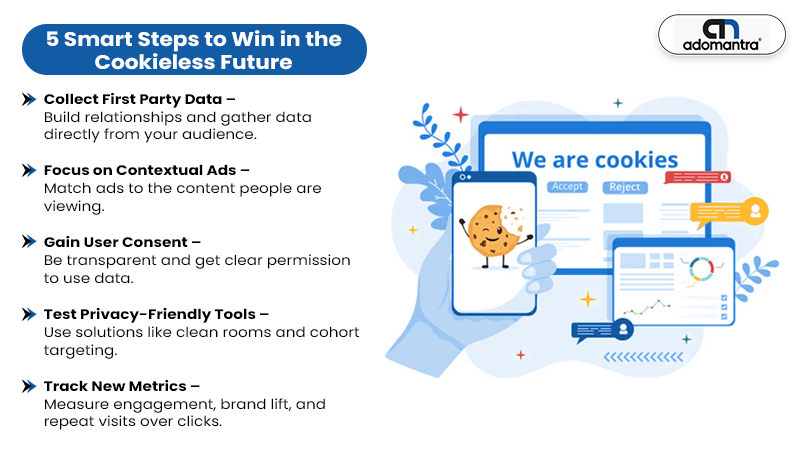
These approaches work now and will carry you forward.
- Use first party data from your own website or CRM. This includes email lists and onsite behavior.
- Build contextual targeting that aligns ads with content. This replaces tracking with relevance.
- Leverage clean rooms. These let you match data with partners in safe ways.
- Focus on consent and transparency. Tell people how you use their data.
- Explore federated learning of cohorts. This groups people by behavior without identifying individuals.
Contextual ads increased brand recall by 63 percent in recent tests. That shows their power. The clean room market is growing fast. It is estimated to reach over 1.1 billion by 2027.
Why Cookieless Advertising Matters to You
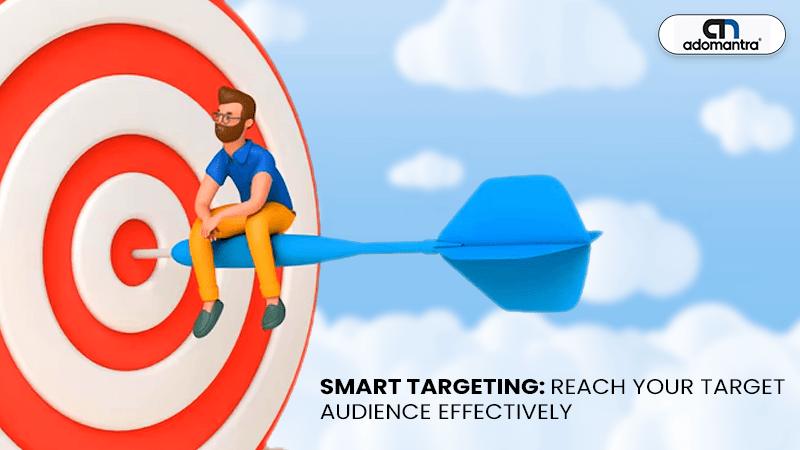
This is important for B2B brands. You lose less trust when you respect privacy. You can still deliver precise results. You build stronger relationships.
You can reduce wasted spend. You strengthen your brand. You show that you know modern rules. You show that you stand ahead.
In the B2B space your sales cycles are longer. You need trust. You need clarity. You need to demonstrate value. This is easier when you use people first targeting. This is how you win in audience targeting in 2025.
Key Success Metrics in a Cookieless World
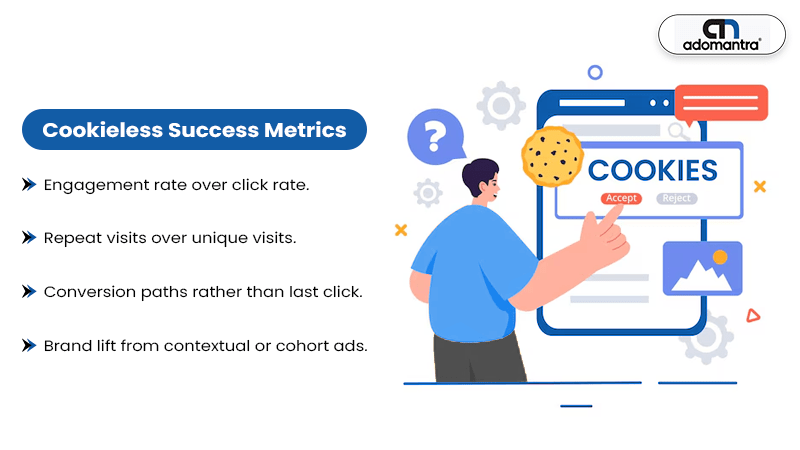
Look at:
By measuring brand lift you gain insight. For example a study shows contextually matched ads can increase purchase intent by 73 percent.
Use these metrics to prove your leadership. Show how your approach delivers value without invading privacy. This underlines your strength as a trusted partner.
How Adomantra Drives Results in this World
As a top digital marketing partner for many years, Adomantra has helped brands achieve people-first growth. Data ethics are combined with high performance to create strategies that respect privacy while delivering measurable impact.
B2B clients are guided through cookieless advertising with a clear, step-by-step approach. The focus stays on deploying the most effective methods and tracking the metrics that matter. This way, businesses can scale with confidence and build lasting trust with their audience.
Conclusion
This era calls for respect, trust, and smarter targeting. Use your own data. Rely on context. Step into audience targeting 2025 with confidence in cookieless advertising. The expertise is here to help you grow, scale, and lead in this new landscape.
Let us help you design a clear, future-ready strategy that works.
Frequently Asked Questions
Q1. How can I target my audience without cookies?
A. You can still reach the right people without using cookies. Here are some ways:
- Use first party data from your website, app, or sign ups
- Try contextual ads that match the content a person is viewing
- Create content that attracts your target audience naturally
- Use data clean rooms to share and compare audience data in a safe way
- Focus on email marketing and loyalty programs
Q2. How does cookieless targeting work?
A. Cookieless targeting uses methods that do not track people across the web. It can work through:
- First party data that people share directly with you
- Grouping users into anonymous segments based on interests
- Matching ads to the context of a webpage or app content
- Privacy focused tools like Google Privacy Sandbox
Q3. What is the impact of a cookieless world?
A. In a cookieless world brands need to change how they advertise. It means more focus on privacy and trust. Marketers must use data that comes directly from the audience. It can also push companies to create better and more useful content so people engage naturally.
Q4. What is a cookie target audience?
A. A cookie target audience is a group of people tracked using cookies. Cookies store information about browsing activity. Advertisers use this data to show ads based on what a person has done online before.

